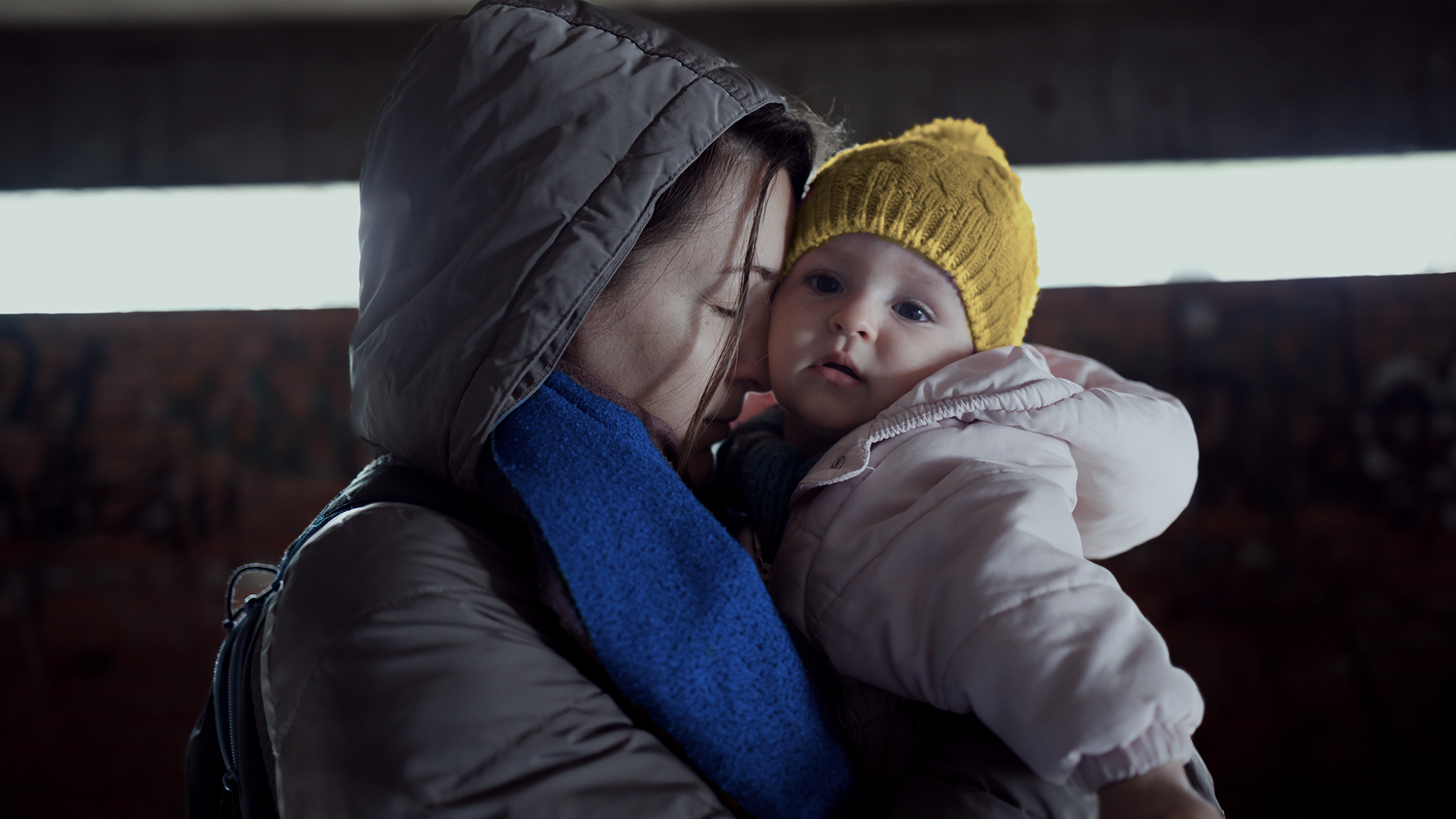The damage bill and who will pay looks like being enormous, so much so that some insurance consultants are saying it could end up as one of the largest in recent memory with a raft of companies, people, governments and others impacted.
There will be investigations in the US and Singapore and possibly Denmark.
USA Today reported that the Cybersecurity and Infrastructure Security Agency par of America’s Department of Homeland Security was working with federal, state, and local officials “to understand the potential impacts” of the collapse of the Francis Scott Key Bridge.
There’s the cost of the initial incident – the crashing of the ship into a pier supporting the bridge and the loss of at least six people.
Much of that will be property and casualty types of insurance and reinsurance – but there will also be business interruptions and lost profit claims, as well as claims from people who have had to spend more money and time driving around the problem and for businesses – such as truckers, coal exporters, car imports, retailers, who have had to spend more to get around the disruptions.
Then there is the extra costs for commuters in and around Baltimore, tourists who will now stay away from the area (meaning lost business for hotels, parks, pubs, cafes and attractions in the area in and around that parts of Chesapeake Bay.
The biggest question to be established first up – was it incompetence or a mechanical problem, or just what insurers call an ‘act of god’ or more colourfully ‘Murphy’s Law’’.
The question of whether it’s an ‘act of god’ doesn’t necessarily mean literally some sort of divine intervention.
Contractual language referring to acts of God are known as force majeure clauses, which are often used by insurance companies. These clauses typically limit or remove liability for injuries, damages, and losses caused by acts of God.
Force majeure is often used by exporters where there in some sort of interruption to production, processing and shipment – it is common where a prolonged problem delays the export of a key commodity.
BHP, Rio Tinto and other miners have declared ‘force majeure’ for some of their commodities when mining, processing or exports have been disrupted by floods, fire, mechanical problems, rail disruptions and the like.
It could very well end up being a lawyers' feast.
The ship involved – the Dali is registered in Singapore and chartered by Synergy Marine Group to Danish shipping giant, Maersk and carrying cargo consigned by Maersk customers.
Already we have multiple jurisdictions – the US (and the state of Maryland and the city of Baltimore and probably several counties, all of whom will want a part of any legal case), Singapore (where the ship was registered) and Denmark.
With cars and coal major imports, along with goods for retailers, the companies involved will want a part of any legal action and damages. Charleston to the south is another major port that can handle some of the imports while Norfolk to the north could handle coal shipments from Baltimore if there is capacity at its terminals.
CNBC reported that David Ostler, shipping and commodities principal analyst at Lloyd’s List Intelligence says that first up an investigation will be likely launched to establish legal liability for the event, with hundreds of millions of dollars potentially on the line.
The scale of the damages will spill over into the global reinsurance market, which provides insurance for insurers, he said.
Ostler added that the flag carrier of a vessel has a legal duty to carry out an investigation, while America's National Transportation Safety Board will also likely carry out its own report, "although this could take months."
Singapore’s Maritime and Port Authority said Tuesday it was in contact with the US Coast Guard and the management of the company behind the ship.
Maersk will have liability cover as the charterer rather than as the operator of the vessel, Ostler added.
US media reports said the Dali, was involved in at least one prior accident when it collided with a shipping pier in Belgium.
"That 2016 incident occurred as the Dali was leaving port in Antwerp and struck a loading pier made of stone, causing damage to the ship’s stern, according to VesselFinder.com, a site that tracks ships across the world. An investigation determined a mistake made by the ship’s master and pilot was to blame,” USA Today reported on Tuesday.














